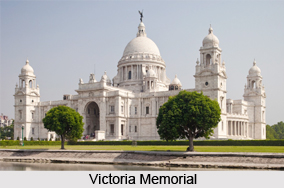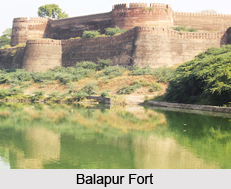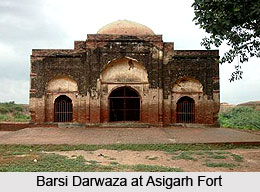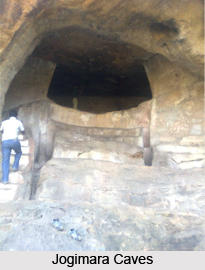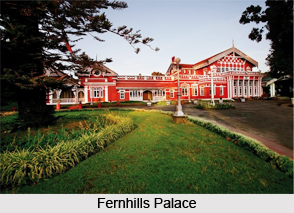 Fernhill Palace is one of the famous palaces located in Ooty in the Indian state of Tamil Nadu. It is nestled in the Nilgiri Hills. It earlier served as the residence of the Maharaja of Mysore. In the year 1844 the first Fernhills bungalow was constructed. It was a private residence located in the lap of nature. The Fernhill Palace serves as a famous tourist spot visited by many from different corners of the country.
Fernhill Palace is one of the famous palaces located in Ooty in the Indian state of Tamil Nadu. It is nestled in the Nilgiri Hills. It earlier served as the residence of the Maharaja of Mysore. In the year 1844 the first Fernhills bungalow was constructed. It was a private residence located in the lap of nature. The Fernhill Palace serves as a famous tourist spot visited by many from different corners of the country.
History of Fernhills Palace
According to historical record the first Fernhills bungalow was built in the year 1844 under the patronage of Capt. F. Cotton. With time it changed hands until the mid 1860. It was then temporarily known as Moonesami. It was then used as one of the Ooty`s former country club. During the rule of the British East India Company the beautiful Hill station, Ooty served as their prime tourist spot. In the summers the English elite would vacate the hot and muggy plains and take shelter in the Fernhills bungalow located in the midst of cool and calm climate. The huge expanses of undulating hills and the terraced tea gardens captured their attention.
Description of Fernhills Palace
The Fernhills Palace has been built beautifully resembling a Swiss Chalet. It is spread out over an area of 50 acres. Lush green lawns adorned with decorative gardens and dense woods add charm to the palace. The palace provides the panoramic view of the terraced tea gardens and beautiful verdant valleys. One can also enjoy the look of the hill station of Ooty from the palace. Being located in the Nilgiri Hills the palace remains surrounded by the eucalyptus forests and the sprawling plantations of cardamom and tea. It a beautiful place to visit for the tourists wishing to enjoy the scenic beauty of the hill station. The Fernhills Palace is adorned with wooden bargeboards and ornamental cast iron. These enhance the look of the building. The firs and cedars enclosing the palace accentuate its beauty. A badminton court has also been constructed in the grounds.
This article is a stub. You can enrich by adding more information to it. Send your Write Up to content@indianetzone.com

